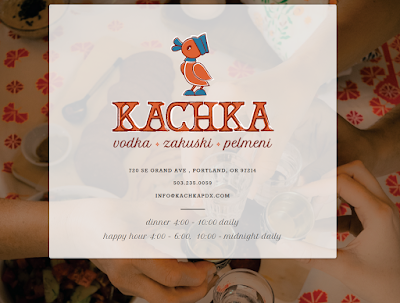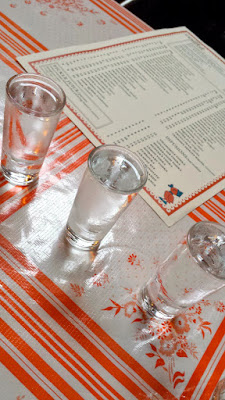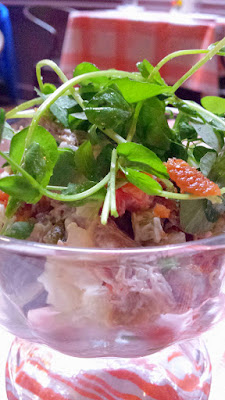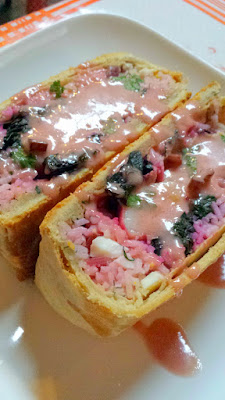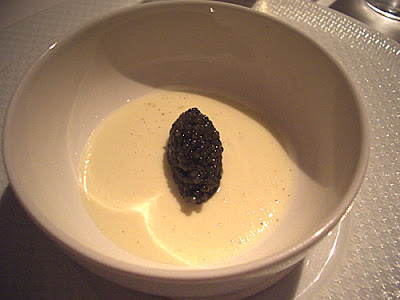Jia Jiang, at 30 years old, took a large risk with his career and life. As it built up to an important question where he needed help, he asked – and was rejected. This shook him to his very core enough to give up. Fortunately, instead he tries to Google how to handle rejection, and from there, he decided to steel himself to rejection by seeking rejection 100 times. This book, Rejection Proof: How I Beat Fear and Became Invincible Through 100 Days of Rejection, is the autobiography of the journey through those 100 rejections. As it turns out, it’s about more than just asking for things and hearing nos.
With his easy going, simple writing style, Jia walks through each ask and rejection, recording it on his (camouflaged) smartphone for his video blog. Watching the videos himself, Jia begins to think more carefully about rejection not just being about getting used the feeling of rejection, but also pro-actively managing the fear, managing the requests in a way that can turn initial rejections to yes, and understanding why rejection hurts and has effects on our self-confidence and our actions so much.
It is not a project about developing a callous towards rejection through repetition, instead it grows into a project about overcoming fear and understanding yourself and others.
The chapters are fast reads, as Jia is very open with explaining his motivations. He is honest and straightforward, and does not hold back on sharing the emotional roller coaster that happens before, during, and after each attempt. This makes him a very like-able, approachable every day guy voice as we read the book.
More importantly, Jia is very insightful as he thinks carefully about each time he asks whether he gets a no or a yes. He strives to understand the why of the answer he received and why the experience turned out a certain way on both sides of the ask. That is what makes this book engaging, rather than just a diary of stories of asking for things that get more far-fetched as he goes.
As a self-help book, Rejection Proof works because he has already done the legwork for you through repeating opportunities for rejection, striving to learn from each one and then sharing those lessons with us as the readers so we can go along for the ride of asking without the risk ourselves. His advice is practical and specific, and he purposely notes that the general advice of “pick yourself up and get over it” is completely not sufficient and trivializes how heartbreaking and gut-wrenching rejection feels, and why it hurts more and how it is different then failure.
Becoming rejection proof, it turns out, can be helped by becoming de-sensitized to it, but there are many other factors to think about. He treats rejection as an equation that includes the before a request, tips on making the initial request, approaches on the conversation after the request, and dealing with the fear before and the hurt after. He includes both sides – the person asking and the person being asked – to also help us understand the factors that can influence the results, and what parts are outside our control – and what parts we can control.

Some of the information he goes through are simple – explaining the request can help the rejection process. It may turn the answer to a yes, but even when it doesn’t, it could provide explanations that soften the rejection, or can lead to a referral that turns into a yes. Other information he shares are pivots that we may not think or realize in thinking about asking for something – and they are mind-sets that can help turn what we think are nos into yes!
For instance Jia explains that arguing turns the conversation into one of contention, and ends up with both parties feeling upset. Instead, Jia talks about being open-minded enough to collaborate to still reach your end goal, but perhaps not in the way you initially thought. He also talks about thinking about not just your own needs, but the other person’s needs. He explains the difference between retreating versus running. He gives examples and stories for every point.
This is an easy read that anyone can learn some lessons from to improve their life. We all go through rejection in our every day interactions. They may be big ones like asking for a raise but being afraid to ask, or stressing over asking for a certain favor from a friend. They may be little ones you may not even think of as rejections, like noticing you aren’t getting an advertised sale price or good or service to your satisfaction. They may be actual conversations where you ask – or worse, conversations that you don’t have because the fear of rejection subconsciously stops you from even asking.
All these interactions are about understanding what is it that you need from someone else and actively reaching out to communicate to see whether you can get what you want. With this book, you can get some thoughts on things you can do that can turn what you think is a no, or might initially be a no, into a yes. And, even if the answer turns out to be a no, reading this book can make every rejection less painful through understanding and seeing it in the larger perspective that Jia shares.
Disclosure: This book was provided to me as part of the Blogging for Books program, but I will always provide my honest opinion and assessment of all products and experiences I may be given. The views and opinions expressed in this blog are entirely my own.








